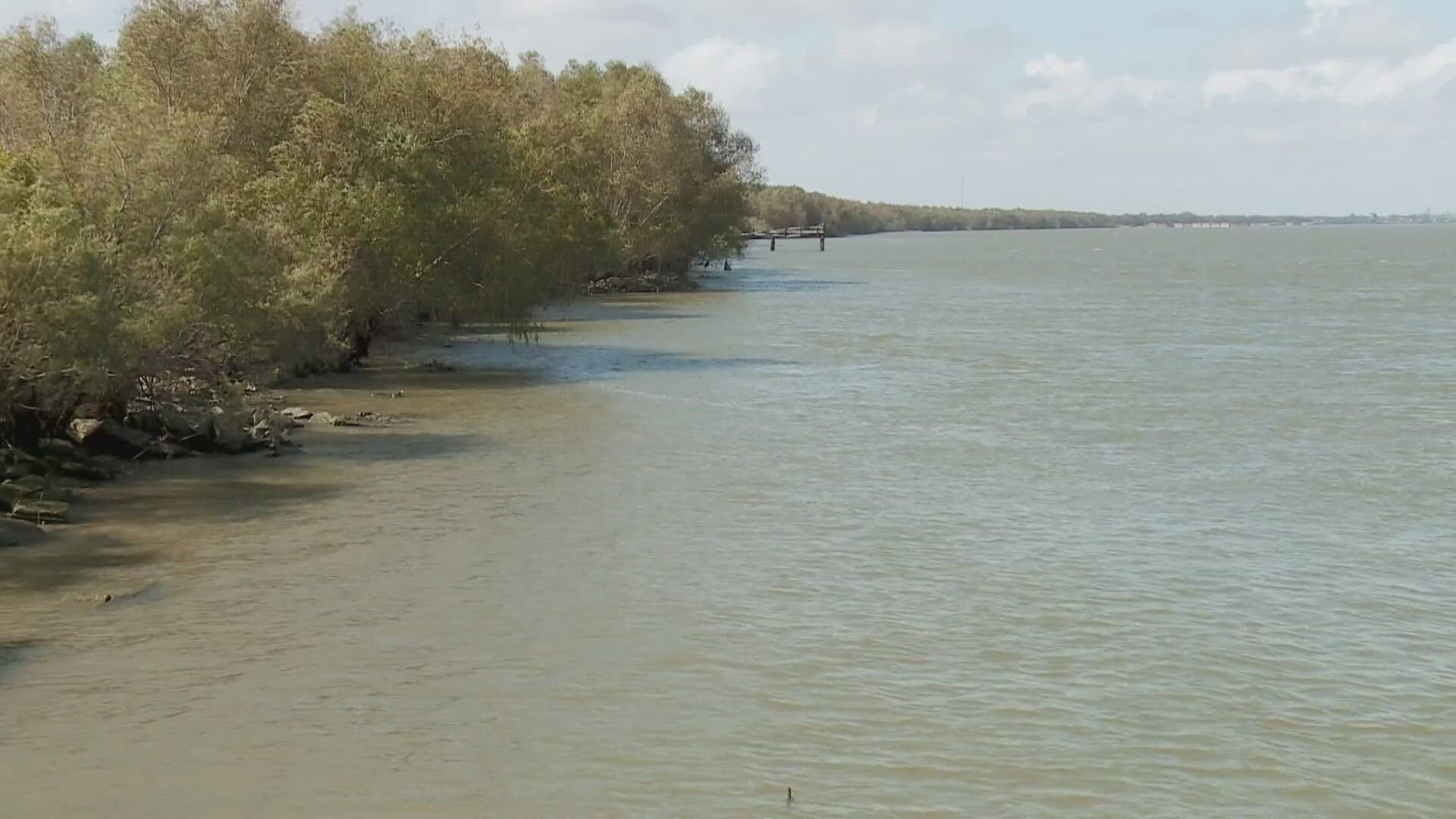BATON ROUGE, La. — The Louisiana Legislature's “roadshow” to hear from the public about the redrawing of the state's political maps is halfway done, and already the hearings have offered a glimpse of how personal and heated the redistricting work will be in the February special session.
In meetings across the state, dividing lines have formed over whether to create a second majority-minority U.S. House district in the six-member delegation. Irritation has emerged in north Louisiana about the likely loss of legislative seats because of population losses. Disagreement has appeared in the Acadiana region about how its growth should affect House and Senate districts.
The widespread availability of online redistricting software means more people have mapmaking ideas they want to offer.
State lawmakers use the U.S. Census data released every 10 years to redesign the political maps for seats in the U.S. House, state Senate, state House, Board of Elementary and Secondary Education and Public Service Commission to account for population shifts and evenly distribute people among districts. They’re also considering redrawing the state Supreme Court districts this time.
The special sessions convened for the work each decade often are among the most contentious lawmakers face, because the maps affect their political ambitions, their allies, their enemies and their communities' representation. Shifts in a district's design can have ripple effects across a region or the entire state.
“It’s a giant puzzle in essence,” said Rep. John Stefanski, the Crowley Republican who leads the redistricting work in the House as chairman of the House and Governmental Affairs Committee.
“Every district is going to have to change, and every member needs to be expecting that change," he said in a speech last week. "One of the other things that makes redistricting so difficult is it is extremely personal to every member.”
At a hearing in Lafayette, several people showed up to express concern about the possibility of splitting up Iberia and St. Martin parishes among multiple Senate districts after decades sharing the same senator. In Alexandria, hearing participants sought to keep one local Senate district largely rural, arguing those communities have similar interests. In Baton Rouge, some residents urged lawmakers to make districts that are more competitive, rather than favoring a specific party.
In every hearing so far, people of color and and left-leaning organizations have called on the majority-Republican Legislature to redesign Louisiana's U.S. House seats. They want to make two majority-minority districts rather than simply maintaining the current configuration with one majority-Black district and five districts that favor Republicans. They note that more than one-third of Louisiana's residents identify as non-white.
Albert Samuels, a political science professor at Southern University, urged the creation of a second minority congressional district during the redistricting hearing at his college's campus in Baton Rouge.
“Will you continue Louisiana's old habit of racial discrimination? Ball’s in your court, but we’re going to be watching. Not only are we going to be watching, but we are going to be participating in this process,” he told lawmakers.
While outside groups have offered several proposed maps to add a second majority-minority congressional district, Stefanski said he believes it would be difficult to do so without the district being struck down as a racial gerrymander by the courts.
He said he's heard more interest from lawmakers about “tweaking around the edges” of the current districts, including maintaining two north Louisiana-based congressional seats despite large losses in the region's population.
Hovering over the hearings are threats of lawsuits when the redesigned maps are done.
A wild card in the debate remains Democratic Gov. John Bel Edwards, particularly since Republicans don't have a veto-proof majority in the Legislature to override a map rejection if the governor decides to issue one. Edwards has only spoken broadly about what he wants to see in the maps and hasn't yet met with legislative leaders about redistricting.
“The session starts in February so there’s plenty of time for this to happen,” the governor said.
He outlined his principles generally: “We want maps that are fair, where the districts aren't so irregularly shaped that you have to kind of scratch your head and look at what was going on there and districts — whether they're legislative maps or whether they're congressional maps or whatever — so that the elected representative isn't selecting the voters but the voters get to really select their representatives.”



